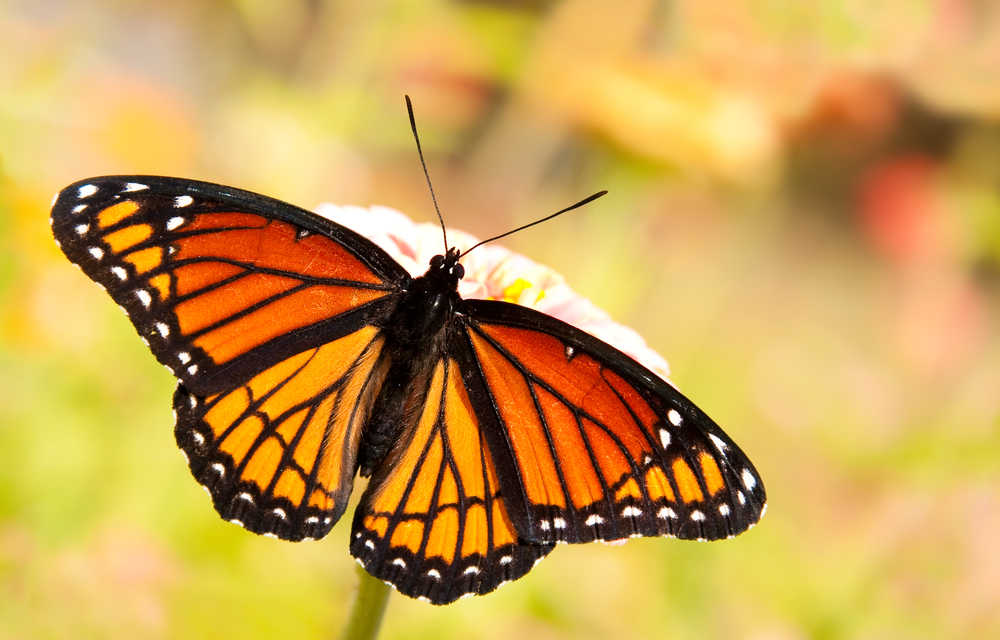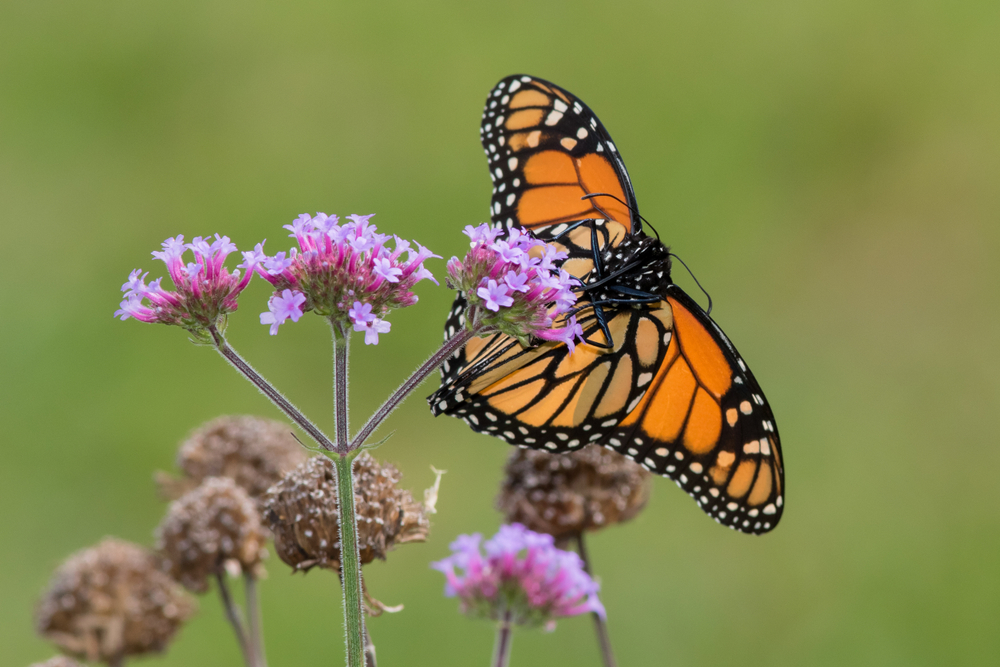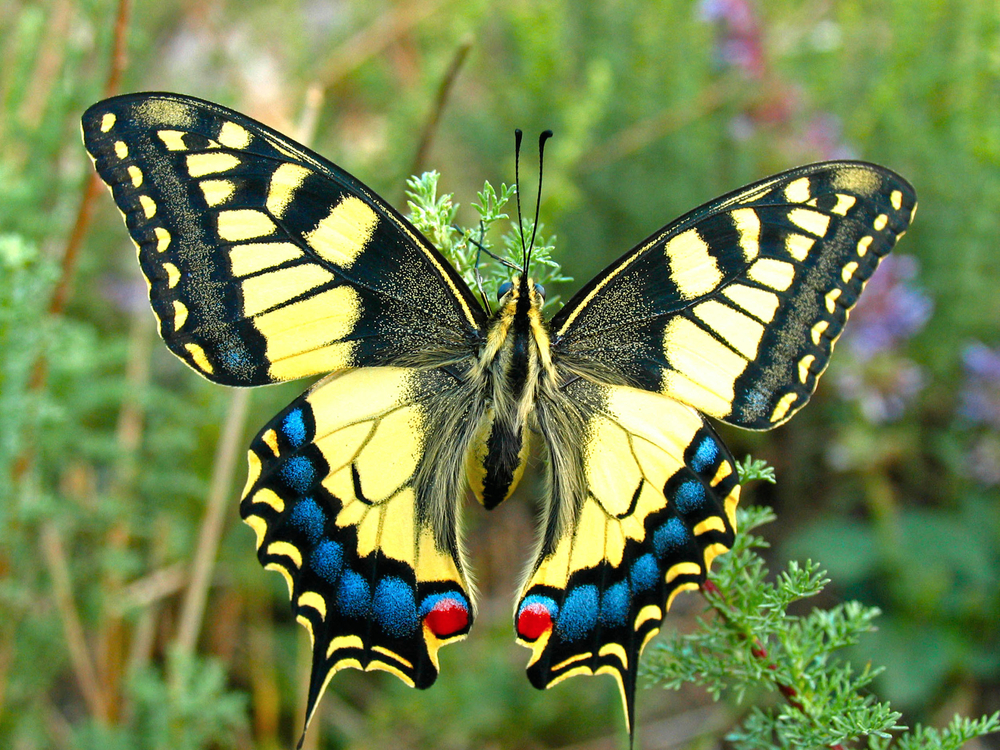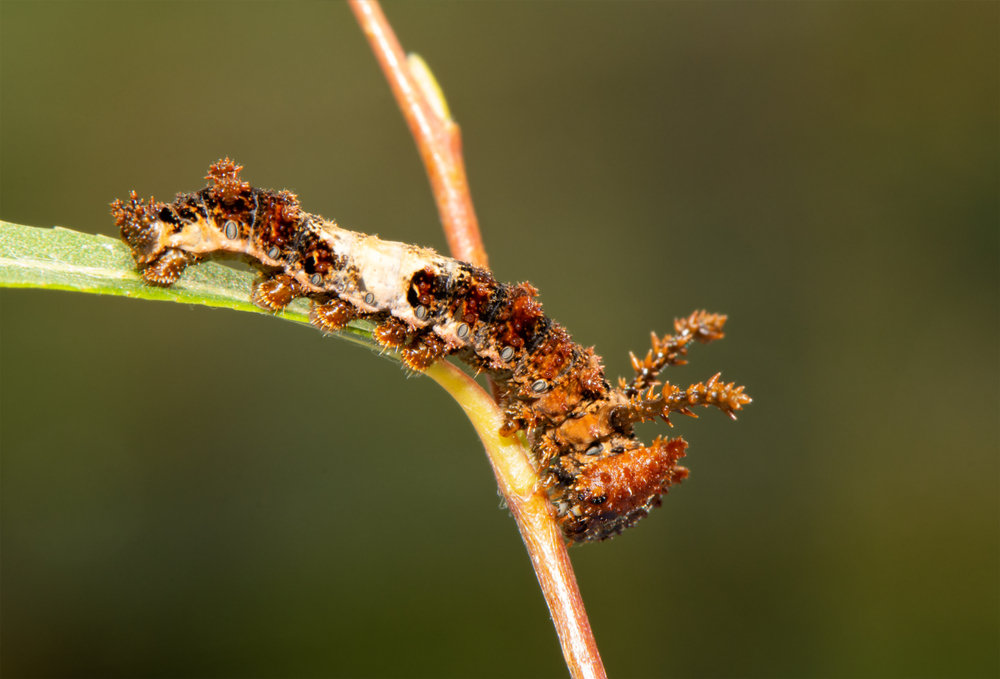The Viceroy Butterfly (Limenitis archippus) and the Monarch Butterfly (Danaus plexippus) are often confused due to their striking resemblance, but there are several key differences that can help distinguish between them:
- Black Line on Hindwings:
- Viceroy: The most prominent and distinguishing feature of the Viceroy Butterfly is the black line that runs horizontally across its hindwings. This black line is absent in Monarch Butterflies.
- Monarch: Monarchs lack this black line and have a more continuous and uniform orange color on their hindwings.
- Wing Pattern:
- Viceroy: The Viceroy Butterfly has a more intricate and mottled wing pattern compared to the Monarch. It features additional dark lines and markings on its wings.
- Monarch: Monarchs have a simpler and cleaner wing pattern with fewer markings and a more uniform appearance.
- Size and Shape:
- Viceroy: Viceroys are slightly smaller and have a more rounded wing shape compared to Monarchs.
- Monarch: Monarchs are larger and have a distinctive elongated wing shape.
- Habitat and Range:
- Viceroy: Viceroys are found throughout North America, including the United States, Canada, and Mexico. They are often found in wetland and riparian habitats.
- Monarch: Monarchs have a broader range that extends from North America to Central America and even into South America. Their habitats include meadows, gardens, and open areas.
- Host Plants:
- Viceroy: Viceroy caterpillars primarily feed on willow and poplar leaves, members of the Salicaceae family.
- Monarch: Monarch caterpillars exclusively feed on milkweed plants (Asclepias species).
- Toxicity:
- Viceroy: Viceroys are not toxic. They lack the toxins found in Monarchs, which are obtained from milkweed plants during their caterpillar stage. Viceroys mimic Monarchs to gain protection through mimicry.
- Monarch: Monarchs are toxic to many predators due to the cardiac glycosides they sequester from milkweed plants. Their bright orange coloration serves as a warning signal to potential predators.
- Migration:
- Viceroy: Viceroys do not engage in long-distance migrations like Monarchs. Their movement patterns are more localized.
- Behavior:
- Viceroy: Viceroys tend to have different flight patterns and behaviors compared to Monarchs, which can be observed by studying their flight and feeding habits.
While these differences can help in distinguishing between Viceroy and Monarch Butterflies, it’s important to note that the mimicry between the two species is a classic example of Müllerian mimicry, where both species benefit from looking alike to predators. Despite their differences, they share the advantage of appearing unpalatable to potential predators due to their similar appearance.










































































